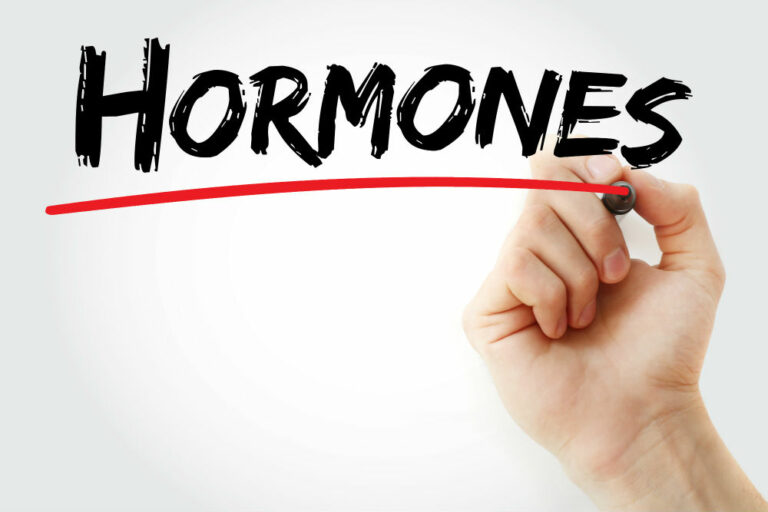Spring Fever—What Is It and What Causes It?
20 March 2019
Today is the start of spring, and at this time of year it’s not just the natural world that runs riot. Spring fever sets in amongst us humans, too. Or so they say. If we’re being honest, the first warm sunshine of the year really does do us all a lot of good. But is there really such a thing as spring fever, and what exactly is it?
Is there really such a thing as spring fever?
Science has shown that the increase in sunlight in spring lifts our mood. We no longer have to wrap up in thick layers, as temperatures rise and the days grow longer. We sleep less, are more active and also have an increased need for human contact. And it’s not just down to sunlight—it’s also a result of our hormonal balance, which changes with the start of spring. Put that all together, and this is what we call spring fever. But what exactly goes on inside our bodies?
What happens to our bodies in the spring months?
The hormone melatonin is also known as the sleep hormone. It is only produced at night and is present at particularly high concentrations in the human body during winter. The more we sleep, the more melatonin is produced. As the days grow longer during spring, we sleep less and our melatonin levels drop. We are also able to enjoy the first rays of sunshine and are full of boundless energy and high spirits. This is because the sunlight and the longer days restrict the production of melatonin in the body, and dopamine and serotonin levels stabilise once again. These hormones promote feelings of happiness, a zest for life and a good mood. Serotonin is the opposite number to melatonin, so to speak, and is responsible for good spirits in the spring and summer months. Dopamine gives us the drive we need, as it is a neurotransmitter that is known to increase motivation and energy. Spring also promotes a desire for contact with other people. Whilst we are happy to stay at home and often feel unmotivated during the winter, in spring the opposite is true. What’s more, we’re also more receptive to erotic and romantic excitement. So it’s with good reason that spring fever is always associated with love, too.

Spring fever and love
Most people also always associate the term spring fever with love. Our need for intimacy and love is particularly great when the first rays of sunshine appear in spring. Add to that the fact that we no longer need to wrap up warm, so we’re wearing fewer clothes again. Our alluring features are visible once more, and since more people spend time outdoors as well, that means there’s plenty to feast our eyes on. Men are particularly influenced by the seasons in this respect. Higher levels of the sex hormone testosterone are produced in men in the spring and summer months. Levels of the male hormone are around 30% higher at these times of year, whereas autumn and winter see testosterone levels drop. Seasonal hormonal differences are not seen in women, however. Even so, dating agencies record an increase in people signing up in springtime, and registered members are also more active during this time than in autumn, for example.
Spring fever in different countries
Virtually everywhere in the world, people respond in a fundamentally similar way to the onset of spring and the longer days. However, it is evident that the difference in length between day and night plays a role here. The closer a community lives to the equator, the less pronounced the phenomenon of spring fever appears to be. This is because there is less of a difference between day and night in these parts of the world than there is at higher latitudes.
The sweet smell of spring and the effects in the natural world
The effects of spring are even more noticeable in the natural world than amongst us humans. They start from the moment we detect that smell on the air that comes when the first rays of sunshine fall on the ground, newly liberated from the grip of snow and ice. It is actually the smell of decay rising up through the grass, moss and leaves that cover the ground. Yet since we always associate this smell with the beginning of spring, it has positive associations for us. And of course, as soon as the weather has been warm for a little longer, the first buds and shoots start to appear all around, which also gives rise to the smell of new life. The effects of the spring months are felt in the animal kingdom, too. Some animals therefore have an increased urge to breed in the spring. This is all about securing survival, because when young come into the world in a warm month, they have a guaranteed food supply. Of course, it always depends on how long the pregnancy lasts. No particular tendency can be observed in this respect in humans, however.
Although some scientists remain unconvinced of the existence of spring fever, the evidence that spring has an impact on us is unmistakable. So we should enjoy the first rays of sunshine and the high spirits that come with them. Oh yes, and anyone who is particularly keen for a dose of spring fever can amplify the effects by exercising and going for more walks during daylight hours ♥



